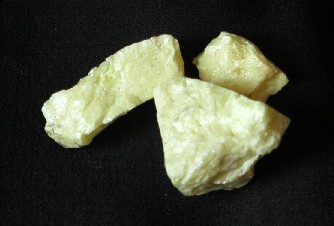Bright yellow sulfur!
Click on image for full size
Windows to the Universe/L.Gardiner
Related links:
Find out how to identify minerals (...and learn what shape, luster, color, streak, hardness, cleavage and fracture are all about!)
Meet some other nonsilicate minerals!
Sulfur
Yuck! What's that smell?
When water mixes with the mineral sulfur, a chemical reaction causes a small amount of hydrogen sulfide (H2S) gas is produced. Hydrogen sulfide is the same gas that makes rotten eggs smell bad. That's what smells so horrible!
Keep your sulfur minerals dry and they won't make a stink in your mineral collection! Sulfur is brittle when heated and can actually crack if held tightly in a person's hand.
- Shape: Orthorhombic (mostly massive or powdery forms with poor crystal shape)
- Luster: Often resinous butometimes glassy or earthy
- Color: Bright yellow
- Streak: Yellow
- Hardness: 2 on Mohs Hardness Scale
- Cleavage: Poor in two directions
- Fracture: Conchoidal
Last modified April 25, 2003 by Lisa Gardiner.
You might also be interested in:
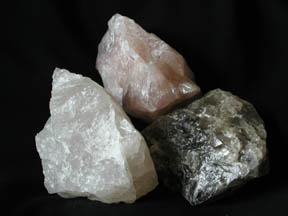
Each type of mineral is made of a unique group of elements that are arranged in a unique pattern. However, to identify minerals you don’t need to look at the elements with sophisticated chemical tests.
...more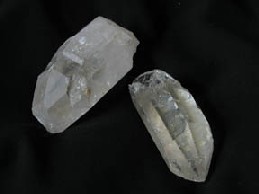
Quartz is the second most common mineral in Earth’s crust. It is a member of the quartz group, which includes less common minerals such as opal, crystobalite, and coesite. Silica (Si) and Oxygen (O) are
...more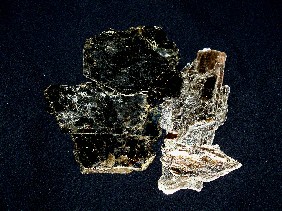
Mica minerals make some rocks sparkle! They are often found in igneous rocks such as granite and metamorphic rocks such as schist. They sparkle because light is reflected on their flat surfaces, which
...more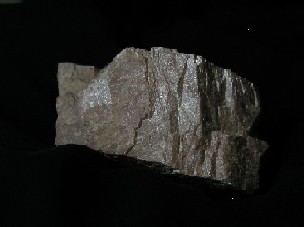
Feldspar is the most common mineral in the Earth’s crust, so you are very likely to find it in the rocks you collect! It is found it all of the three rock types, but is most common in intrusive igneous
...more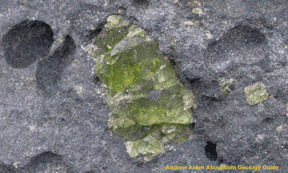
Olivine looks like little green crystals. It is typically found in some igneous and metamorphic rocks. Often the crystals are so small that you need to use your hand lens or magnifying glass to see them
...more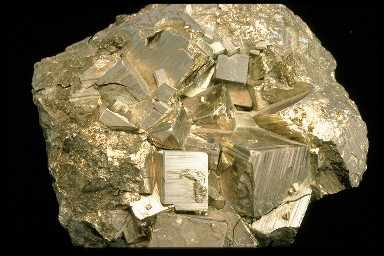
So far, over 2000 minerals have been found, and every year new ones are discovered. This is a pretty overwhelming number of different types of minerals, however, you don't need to know them all to be
...more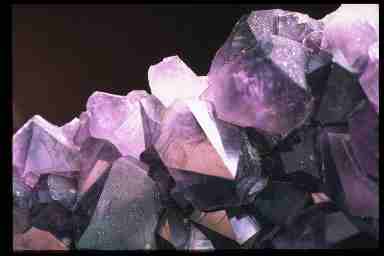
Minerals occur naturally on rocky planets and form the building blocks of rocks. They are non-living, solid, and, like all matter, are made of atoms of elements. There are many different types of minerals
...more


